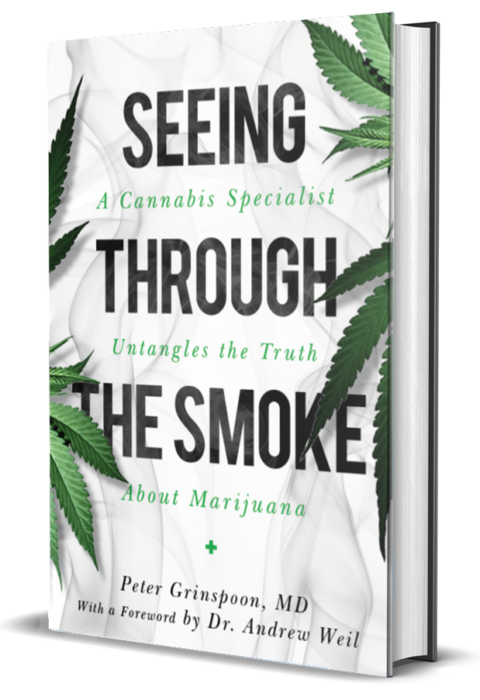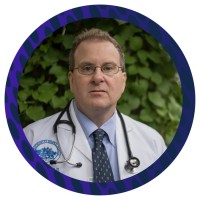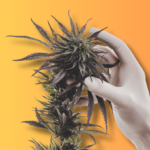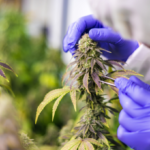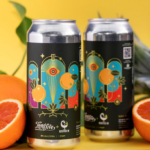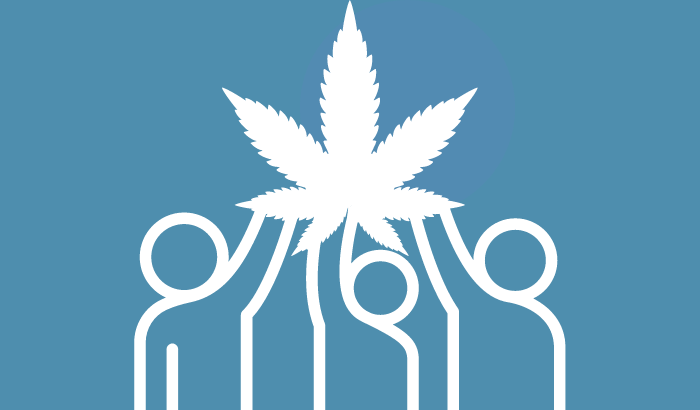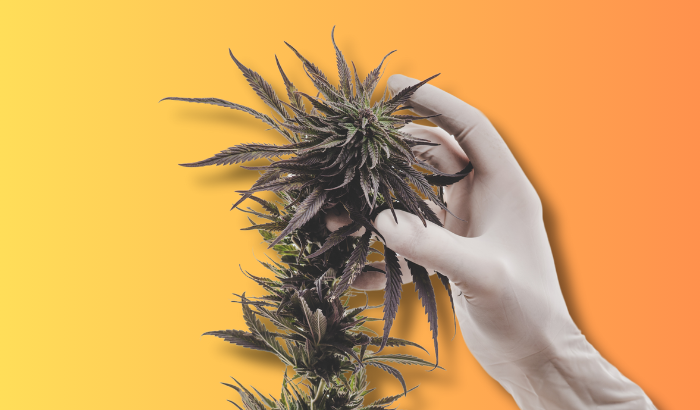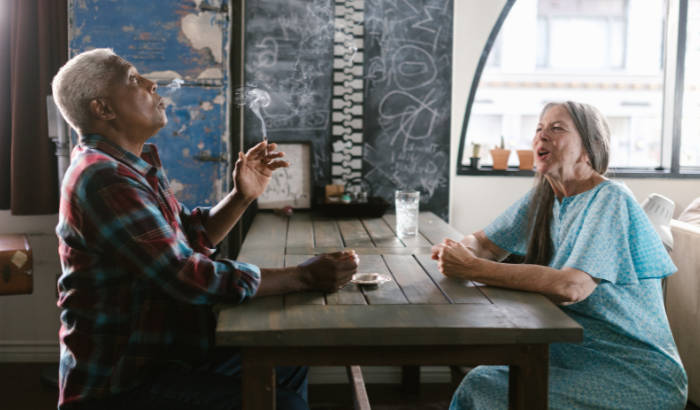
What benefits are boomers (and older) deriving from cannabis, and what are the potential harms?
As a primary care physician who has been advising patients on medical cannabis for one-quarter of a century, it is notable how many silver-haired patients are coming in these days to express interest in this treatment. They are hearing about it from friends and family members, or from popular television shows. They wish to explore how to use medical marijuana to alleviate many of the most troubling afflictions of aging.
Most commonly, these include chronic pain, anxiety, and insomnia. Cannabis, if used wisely, is particularly well suited to address these. Medical marijuana is often a less risky or noxious alternative to the Pharma options, with fewer side effects. Studies have consistently shown that it can greatly improve health-related quality of life.
Cannabis use among older adults in the US has been growing exponentially. Rates were estimated to be 0.4% between 2006 and 2007, climbing sharply to 2.9% in 2015 and 2016. According to a recent study in the Journal of the American Medical Association, past-year cannabis use in this population increased from 2.4% to 4.2% from 2015 to 2018. The real numbers are likely higher once one factors in the residual stigma which limits people’s ability to honestly discuss their cannabis use. These numbers, to me, are astounding when I consider that these patients are by and large doing this on their own, without the help of their physicians, who rarely know enough about this to suggest or advise patients on medical marijuana.
Why are older patients tuning in and turning on, what benefits are they deriving, and what are the potential harms?
Modern medicine is in some ways a victim of its own successes. In antiquity, we died naturally in our twenties or thirties. Now, we often live to our eighties and beyond. This is far longer than our evolutionary history prepared our bodies to last. Things break down, such as our joints, our cells, and our nervous system.
As we age, we accumulate diagnoses, specialists, symptoms, and medications. More than a third of older Americans take at least five medications – this is a common definition of ‘polypharmacy’.
I have several older patients who are on a dozen or more medications. I’m a true believer in the ability of medications to improve and prolong life, yet, taking this many medications is expensive and time-consuming. It also can be confusing and dangerous. It is easy to mix up one’s meds as they can look and sound alike, and they all have different instructions.
Studies consistently show that cannabis can facilitate the process of patients lowering the use of other pharmaceuticals in older populations. Cannabis is a complicated plant and it has the ability to address many different types of symptoms simultaneously and as a consequence, it can substitute for several medications at once.
For example, if a patient is suffering from fibromyalgia, cannabis can help lessen a patient’s pain, and dampen their perception of pain (i.e., my back hurts but it’s not really bothering me that much), their lack of appetite, their anxiety, and their insomnia. This can equate to many fewer medications.
According to a 2018 study from Israel called, ‘Epidemiological characteristics, safety and efficacy of medical cannabis in the elderly’, 93.7% of participants experienced an improvement in their condition at six months, with an average drop in pain scale from an 8 to a 4 (on a ten-point scale). But also, 18.1% of the patients eliminated their usage of opioids or reduced their dose. Not even the most bunkered-in, Uber-Prohibitionists from the early 1970s, who firmly believe that cannabis is the Devil’s Lettuce rotting the minds of our youth, could possibly criticize these results!
The guest feature above was excerpted from Dr. Peter Grinspoon’s newsletter, Grinspoon on Drugs. You can read more about his work with older patients and cannabis here. We also recommend buying his new book, Seeing Through the Smoke: A Cannabis Specialist Untangles the Truth about Marijuana, via his site here.



